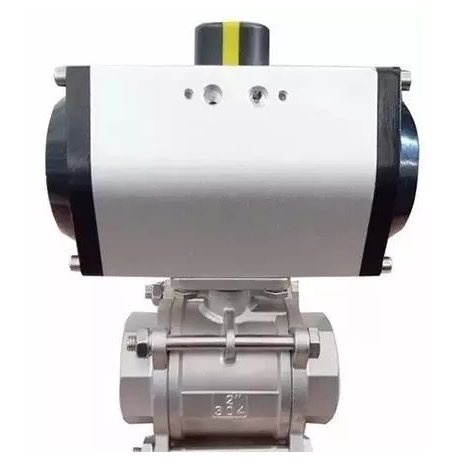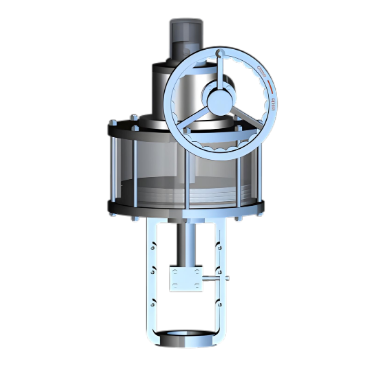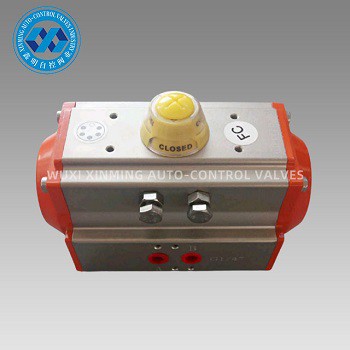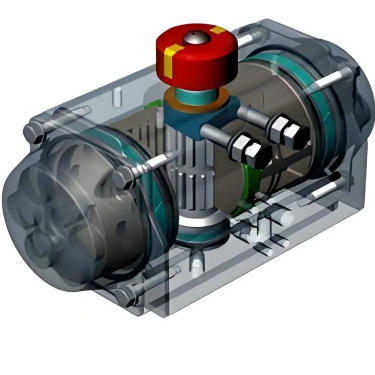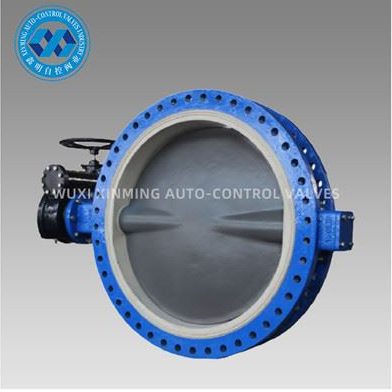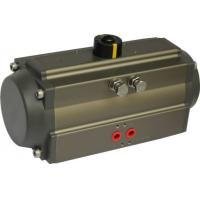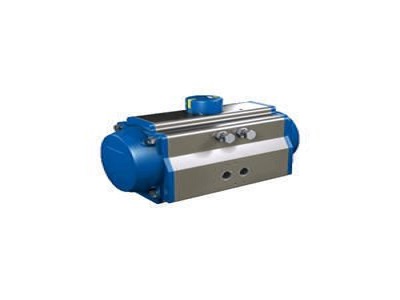When installing a pneumatic piston
actuator, several precautions should be taken to ensure its proper operation
and longevity:
Location selection: Choose a location that
is easily accessible for maintenance and repair. Avoid areas with high
humidity, extreme temperatures, or exposure to corrosive substances. Also,
ensure there is enough space around the actuator for proper installation and
operation.
Mounting stability: The actuator should be
mounted firmly to a stable surface. Use appropriate mounting brackets and
fasteners to prevent vibrations and movement during operation. If the actuator
is used to control a valve, make sure the mounting is aligned with the valve
stem to avoid misalignment and excessive stress.
Piping connection: The pneumatic piping
connected to the actuator should be clean and free of debris. Use high -
quality pipes and fittings to ensure a leak - free connection. The piping should
be properly supported to prevent any strain on the actuator connections. Also,
install filters and regulators in the pneumatic line to ensure clean and
regulated air supply.
Electrical connection (if applicable): If
the actuator has electrical components such as solenoid valves, ensure the
electrical connections are made correctly and in accordance with the relevant
safety standards. Protect the electrical wiring from moisture and physical
damage.
Initial inspection and testing: Before
commissioning, visually inspect the actuator for any damage or loose parts.
Perform a preliminary air - pressure test to check for leaks and ensure the
actuator operates smoothly through its full range of motion.
If you want to learn more about low-priced products, please visit the following website: www.xm-valveactuator.com


